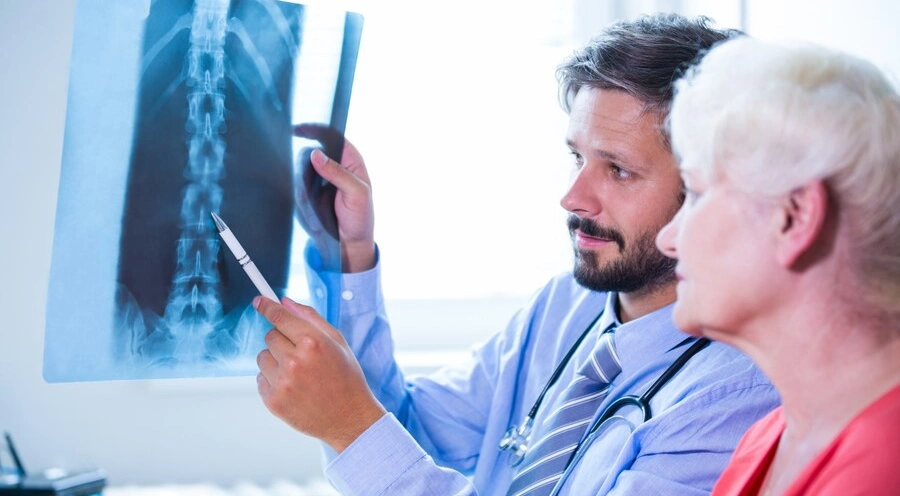
Deterministic X-rays are the two-sided instrument to medical doctors to figure out health problems based on the view of internal parts of the body, by using other examinations carried out. Even so, fear of radiation control might be dominant over rational thinking for kids who are of an age and they are under the same circumstances.
X-ray studies are something not to be taken lightly for babies and that is why these studies and their health effects should be learned by the physicians so that they can determine the cases where a study can be necessary for an infant.
Furthermore, this is the reason why they have been a popular instrument for disease control. In other words, x-rays are a form of electromagnetic radiation, which is transmitted to human bodies to create images of bones, soft tissues, and organs. Aside from the ability to identify bone fractures, lung problems such as pneumonia, as well as GI diseases, and any other medical issue are some of the most common features that we can find in this group of tools.
X-rays are practically immune to most contraindications and are, thus, radiation-free, quick, and painless. As they are found everywhere in the health sector all over the globe.
Sure enough, while X-rays are crucial tools for medical diagnosis as they depict internal structures, they do subject a person to potentially deleterious effects of ionizing radiation the cellular damage from which may potentially lead to cancer. Cells of babies and young children replicate more quickly and there is more tissue growth taking place. Therefore, they are more radio-sensitive than adults. Higher sedition levels during embryonic stage or early childhood may result in more serious health conditions.
However, this may not be the case everywhere. It is in those rare situations that the advantages of getting diagnostic information from
X-Rays may outweigh the possible negatives. As another occasion, in a situation where the symptoms of a serious medical condition like pneumonia or bone fracture start showing up, the X-ray is needed for a quick and proper diagnosis, subsequently due cause of immediate treatment.

Healthcare providers implement and observe all necessary precautions and measures to reduce the risks of X-ray to pediatric patients.These include:
Sometimes healthcare professionals take an alternative reasonably imaging technique (which does not involve the ionization radiation) like ultrasound or Magnetic resonance imaging (MRI). The use of these are proven radiating devices will definitely be very beneficial in not only fast diagnoses but also in some radiation free exposure of the baby. Although they can offer some insights, often, they may never prove satisfactory or available when it comes to the unique case of a particular medical condition.
Parents carry out the responsibilities by participating in decision making process around the baby’s staying healthier. The doctor should provide the patient with all risks and benefits of X-resut, which is a medical procedure. They can thus choose smartly between the baby’s welfare and the indispensibility of the ventilation and the potential benefits and risks of the operation.
X-rays often play a crucial role in providing an accurate picture of illnesses in babies; however, the danger of radiation exposure is also present in this procedure. Healthcare providers limit the associated risks through taking different preventive procedures. This is done so, to let babies undergo the necessary diagnostic procedures, and to receive appropriate treatment. Through dialogue, discussing with and weighing against the flip side of the risk and benefits, parents and healthcare professionals can collaborate to make well-informed decisions on what is required for the baby’s healthcare.
Stay ahead in a rapidly world. Subscribe to Prysm Insights,our monthly look at the critical issues facing global business.